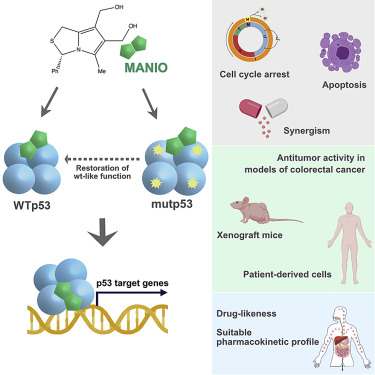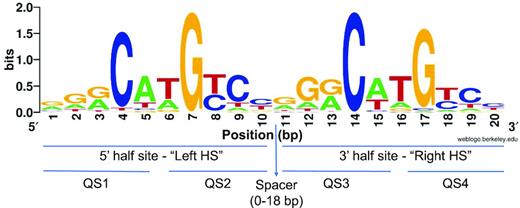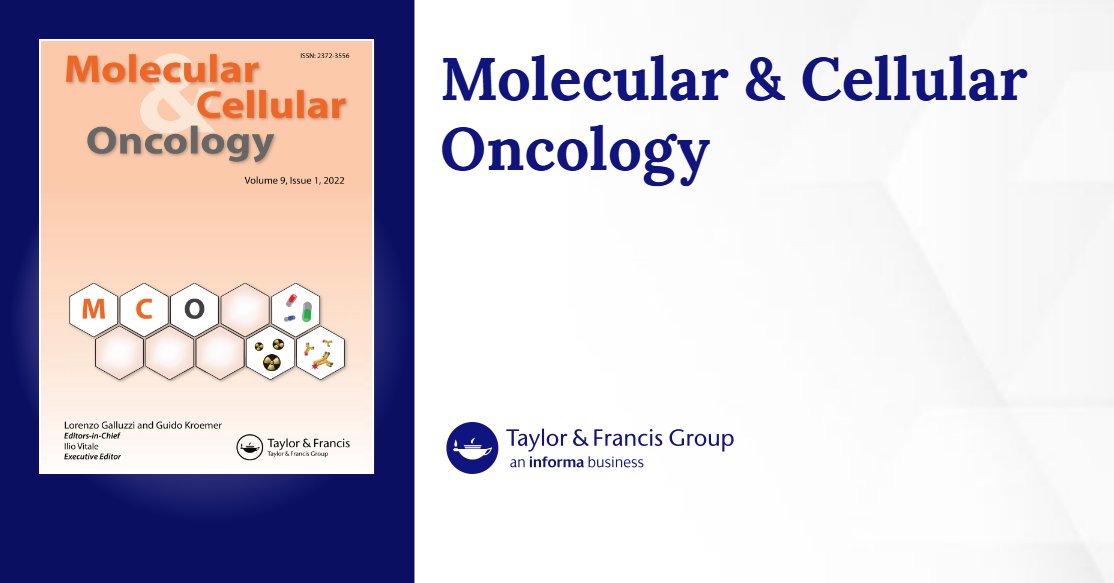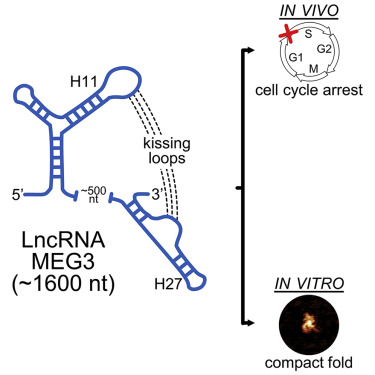alberto inga
@alberto_inga
News and views from the CIBIO lab & surroundings, at an erratic pace
Polysomal profiling coupled to allele-specific proteomics reveals an EIF4H tranSNP allele possessing higher mRNA translation potential. Thanks to all co-authors for this multidisciplinary collaboration! biorxiv.org/content/10.110…
From our curated list of cis variants affecting post-transcriptional & translational mRNA regulation, we focused on a C>T SNP in the 3'UTR of DDIT4. One letter, big impact. Huge thanks to all co-AU, particularly @aromanel, @alunno_laura & M. H. Hamadou. biorxiv.org/content/10.110…
The Saraiva lab @ the University of Porto presents MANIO: a selective p53 activator and anticancer agent. Thank you for the opportunity to collaborate on this important study. cell.com/cell-reports/f…

Listen to the “snoRTs”. New subtleties in post-transcriptional and translational control from the Montanaro and @ErikDassi labs. “Dyskerin binds to cytoplasmic H/ACA-box snoRNA retaining transcripts affecting nuclear hormone receptor dependence” biorxiv.org/content/10.110…
A detailed deconstruction of p53 binding sites from the Haran lab. With data from our favorite yeast-based functional assay. “Complex architecture of p53 binding sites” academic.oup.com/nar/advance-ar…

A story on the double life (cytoplasmic and mitochondrial) of the RNA helicase DHX30; a crosstalk between ribosome biogenesis, translation control, & cellular metabolism, with implications for cancer risk. Bartolomeo Bosco as lead author. biorxiv.org/cgi/content/sh…
Some perspectives on our recent study focusing on DHX30 and apoptosis, in this concise mini-review. Translation control can shape TP53-dependent cell fate tandfonline.com/doi/full/10.10…

A new mechanism featuring the RNA binding protein DHX30 and translation control in the onset of p53-mediated apoptosis. Thanks also to Dario Rizzotto and Annalisa Rossi for the great work.
With the precious contribution of @SaraZaccara @CrnicInstitute @CUAnschutz @quetantro @CIBIOfacilities
New cystic fibrosis drug Trikafta could make deadly disease manageable - The Washington Post washingtonpost.com/health/2019/10…
A show&tell review on how to use our old buddy(ing) yeast to study human p53, with new data on evolutionary divergence in p53 sequence-specific transactivation. A joined effort from the Saraiva and Fronza labs & the Inga lab @CIBIO_UniTrento jove.com/video/59071/ye…
SLMP53-2: a new molecule in the toolbox to harness p53 functions for cancer cell elimination, with a link to ER stress response; from the Saraiva lab @ U.Porto and contributions from Bartolomeo Bosco of the Inga lab @CIBIO. mdpi.com/2072-6694/11/8…
Conserved Pseudoknots in lncRNA MEG3 Are Essential for Stimulation of the p53 Pathway. A new study from the Marcia lab at EMBL cell.com/molecular-cell…

‘Kissing loops’ in RNA molecule essential for its role in tumour suppression A team of researchers in the Marcia group at EMBL Grenoble, discovered that lncRNA MEG3 adopts a complex three-dimensional structure to fulfil its function. embl.de/aboutus/commun…

Manca poco alla Festa della Mamma, sai già dove venirci a trovare questa domenica per prenderle un regalo speciale? 🌺 Cerca la piazza più vicina dove trovare l’#AzaleadellaRicerca. ➡ lafestadellamamma.it/trova-la-piazz…
#CancerProgress16 lists the top factors that increase cancer risk; tobacco use is number 1. the.aacr.org/LN7o
Do microbiotas warm their hosts? ncbi.nlm.nih.gov/pubmed/27148918
The average teaspoon of seawater contains five times as many phages as there are people in Rio...from"Life in Our Phage World,”theNewYorker“
